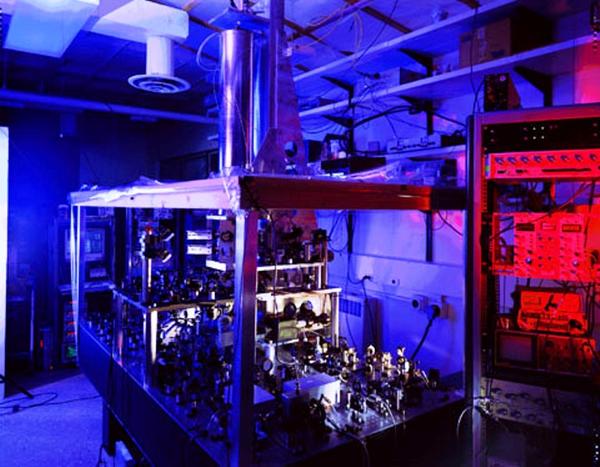
Humans have always measured the passage of time.
With sundials, the day was divided into hours, and then clocks divided hours into minutes and seconds. But this was not enough to prevent time drift. Scientists found increasingly precise mechanisms to measure time.
For centuries, gnomons, water clocks, and hourglasses were used to measure time. After bells rung every hour by clerics, pendulum clocks emerged. In 1657, Christiaan Huygens (1629-1695) designed the first pendulum clock, which had a relatively constant oscillation frequency. This mechanism, slightly improved over time, was used for nearly 300 years, achieving a precision of about one second.
Electric clocks, electronic clocks, and quartz watches gradually replaced pendulum clocks. In the 20th century, the properties of matter significantly improved the precision of time measurement.
Today, atomic clocks offer the highest precision, achieving 10-10 seconds with cesium-133. Early in the 21st century, light replaced matter in time measurement, further increasing precision to 10-12 seconds with optics.
The natural frequency of certain atoms served as a clock, particularly the isotope of the cesium 133 atom, whose oscillations emit pulses. When cesium 133 is bombarded with a laser, it vibrates, emitting light pulses at a frequency of 9,192,631,770 Hz. With this frequency, the precision is such that this clock loses or gains only one second every 100 million years or so.
N.B.:
Cesium is an alkali metal; its name "caesius" means "sky blue" in Latin. Its spectrum emits two characteristic lines of light blue color. Cesium was discovered in 1861 by Robert Wilhelm Bunsen (1811-1899) and Gustav Robert Kirchhoff (1824-1887) through spectroscopy of lepidolite, a silicate.
An Atomic Clock is a Quartz Oscillator locked onto the natural frequency of the transition between two energy levels of an atom. The first atomic fountain operated in 1989 with sodium atoms. Today, the stable isotope of the cesium atom (133Cs) is used in atomic clocks.
Everything happens in a heated enclosure containing cesium. In this enclosure, a jet of atoms is created. After a few manipulations through a magnetic field, the jet of atoms passes through a resonant cavity known as the Ramsey cavity, named after the physicist Norman Foster Ramsey (1915-2011), who first proposed it in 1950.
After preparing the atoms in one of the two levels, excited or ground state, these atoms transition more or less from one level to the other. The frequency of the macroscopic oscillator is continuously corrected to remain locked around the maximum of the atomic transition, which is the response of the cesium atom to this excitation. The frequency is then 9,192,631,770 Hz. This exact value defines the second.
Time measurement is then ensured by dividing the oscillations of the quartz oscillator, associated with an electronic circuit that displays the value or controls equipment requiring a stable and high operating frequency.
The accuracy of time on our planet is ensured by a set of interconnected systems and technologies. These atomic clocks use the vibrations of atoms (such as cesium, thorium, or rubidium) to measure time with extreme precision. They form the basis of modern time standards that many systems need to function correctly.
These systems work together to ensure that time is measured and synchronized with great precision, which is crucial for many modern applications, ranging from financial transactions to telecommunications and navigation.